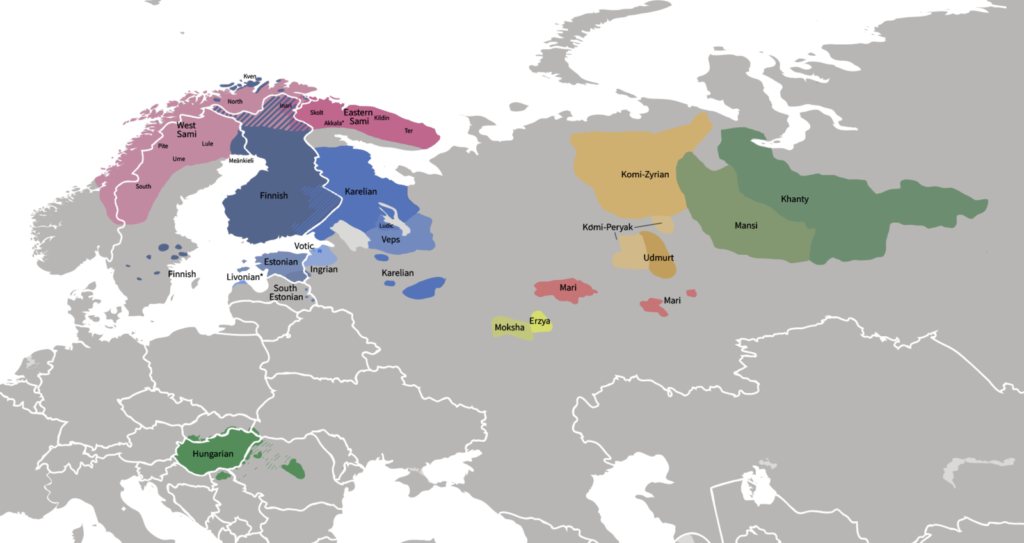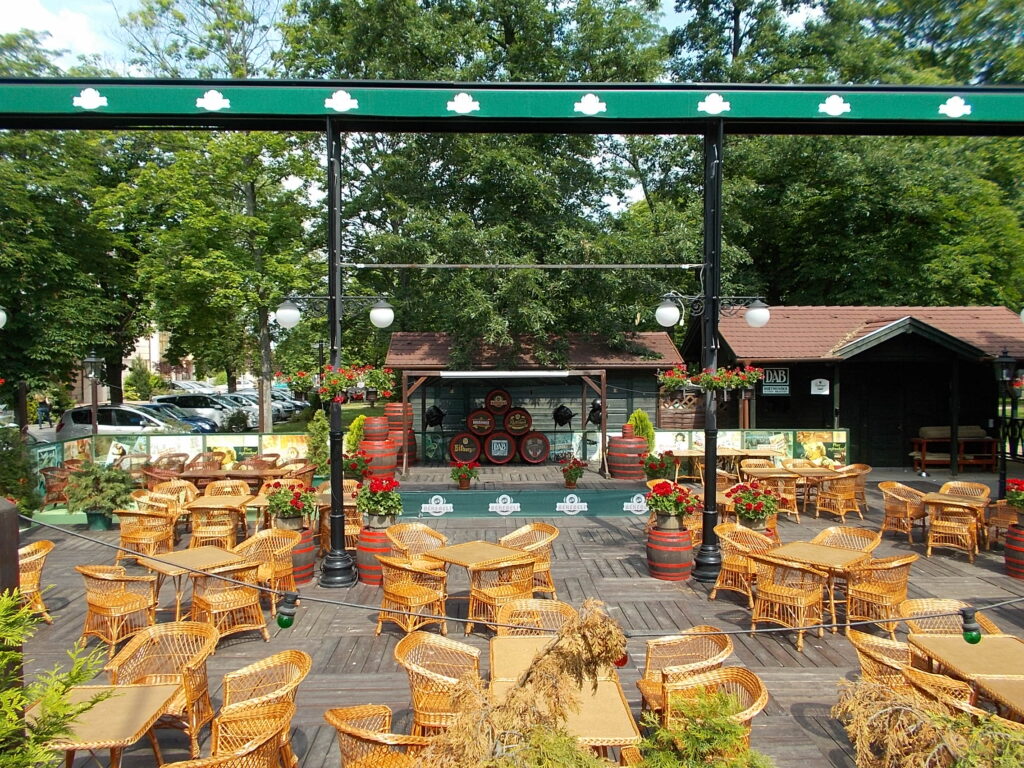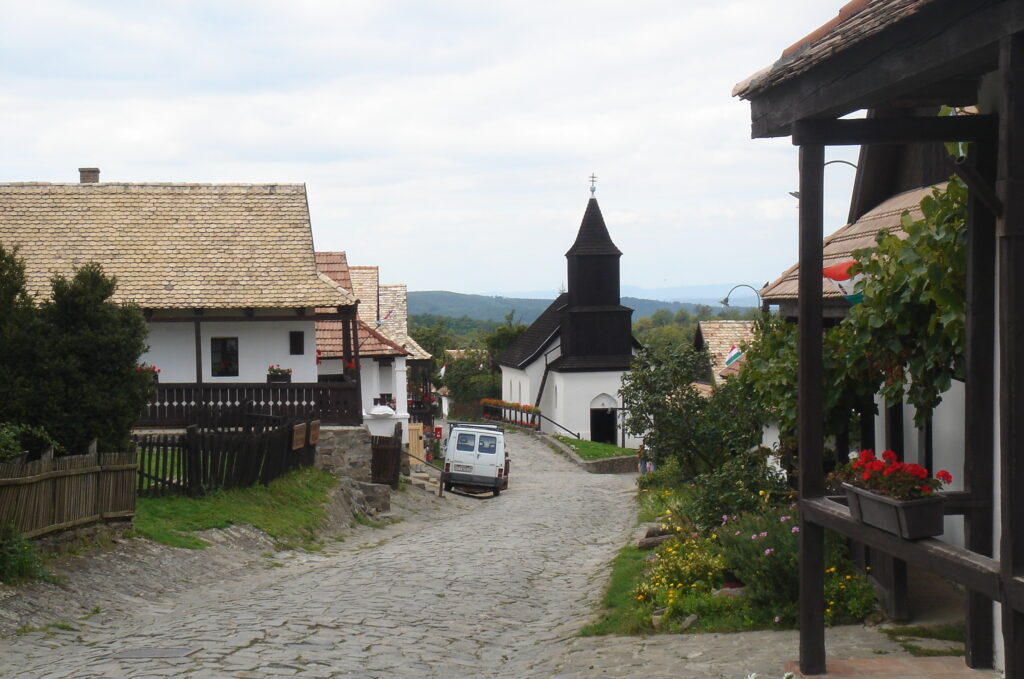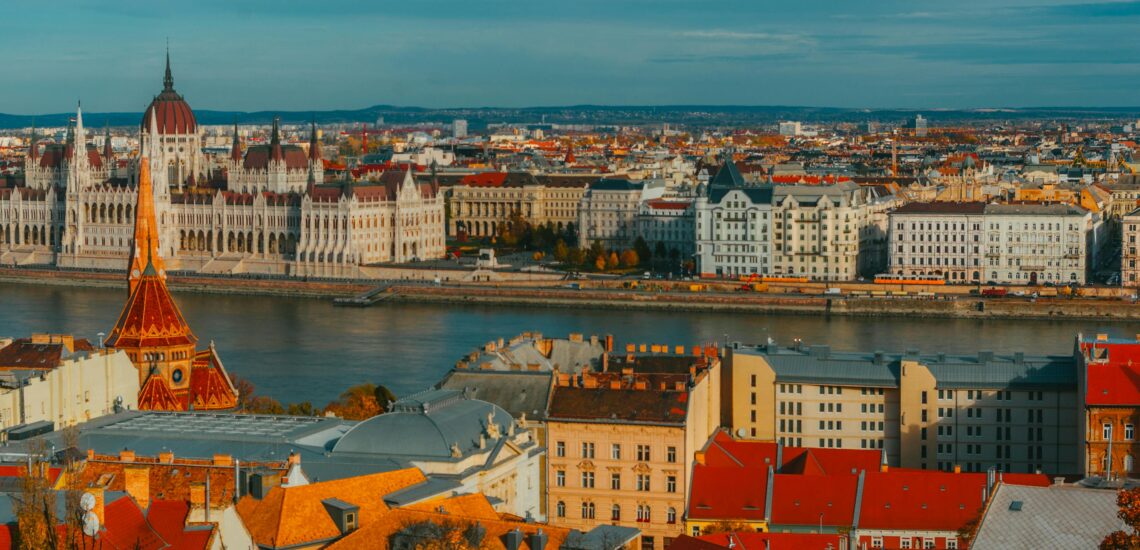Quick facts about Hungary:
- Capital: Budapest
- Population: Approximately 9.7 million people
- Language: Hungarian
- Currency: Hungarian Forint (HUF)
- Landmarks: The historic Buda Castle, Fisherman’s Bastion, and the thermal baths of Széchenyi
- Cuisine: Famous for dishes like goulash, chimney cake (kürtőskalács), and Hungarian paprika-based specialties.
Fact 1: A related people to the Hungarians are the Finns
Despite residing in different geographic regions, Hungarians and Finns are connected through linguistic kinship. Both belong to the Finno-Ugric language family, a group within the larger Uralic language family. The Hungarian and Finnish languages, although distinct, share common roots, showcasing a historical connection that traces back centuries to the ancient Uralic people. This linguistic relationship reflects a fascinating link between these two nations, highlighting the diversity within the broader tapestry of European cultures.

Fact 2: There are 44 letters in the Hungarian alphabet
The Hungarian alphabet, unique in its composition, comprises 44 letters, reflecting the phonetic nuances of the Hungarian language. This alphabet includes special characters like “é,” “á,” “í,” “ó,” “ö,” “ő,” “ú,” “ü,” and “ű,” contributing to the distinctive sounds and pronunciation found in the Hungarian language. The diverse range of letters in the Hungarian alphabet underscores the richness and complexity of the linguistic system that shapes this Central European culture.
Fact 3: It is not customary to clink glasses of beer in Hungary
Unlike many other cultures, where clinking glasses is a common social gesture, Hungarians tend to refrain from doing so for beer. This practice is rooted in historical events, particularly the defeat of the Hungarian Revolution in 1848, when 13 Hungarian generals were executed by the Habsburgs (Hungary was part of Austria-Hungary for many centuries, see 10 interesting facts about Austria). To honor their memory, Hungarians decided not to clink beer glasses for 150 years. Although 150 years have passed and the tradition officially ended in 1998, some Hungarians still observe this custom out of respect for their history. This unique tradition gives the act of drinking together in Hungary a special cultural significance.

Fact 4: The second metro in Europe opened in Budapest
Budapest proudly introduced the second metro system in Europe, marking a significant milestone in urban transportation. The Millennium Underground Railway, or M1, began operations in 1896, just after the inauguration of the first metro system in London. This historic underground railway served as a key element of Budapest’s efficient public transportation network, contributing to the city’s growth and modernization. The M1 line, still in operation today, stands as a testament to Budapest’s early innovation in urban transit and remains an iconic part of the city’s history.
Fact 5: Hungary hosts one of the biggest music festivals in the world
Sziget Festival, held annually in Budapest, stands as one of the largest and most renowned music festivals globally. This week-long celebration brings together a diverse lineup of artists across various genres, including rock, pop, electronic, and more. Established in 1993, Sziget has evolved into a cultural extravaganza, featuring not only music but also art installations, performances, and a vibrant atmosphere. With hundreds of thousands of attendees from around the globe, Sziget Festival has become a symbol of Hungary’s dynamic cultural scene and a must-visit event for music enthusiasts worldwide.

Fact 6: Hungary has an ancient and rich tradition of winemaking
The Hungarian culture of winemaking boasts a history that spans centuries, with evidence of grape cultivation and wine production dating back to the Roman era. The country’s diverse climate and varied terroirs contribute to the cultivation of a wide range of grape varieties, producing wines known for their unique flavors and characteristics. Hungary is renowned for its sweet Tokaji wines, Bull’s Blood (Egri Bikavér), and other varietals that have gained international acclaim. This deep-rooted winemaking heritage has shaped Hungary into a prominent player in the global wine industry, making Hungarian wines an integral part of the country’s cultural identity.
Fact 7: There are hundreds of thermal springs in Hungary
Hungary is famous for its abundant thermal springs, numbering in the hundreds across the country. These natural hot springs have played a significant role in Hungary’s spa culture, attracting visitors seeking relaxation and therapeutic benefits. The capital, Budapest, is particularly renowned for its numerous thermal baths, including the iconic Széchenyi and Gellért Baths. The mineral-rich thermal waters are not only a source of leisure but also offer health benefits, making Hungary a prominent destination for spa enthusiasts and those seeking the healing properties of thermal springs.
Note: If you plan to visit the country, check if you need an International Driver’s License in Hungary to drive.

Fact 8: Hungarians have invented many things
Hungary’s inventive spirit is evident in contributions across diverse fields. Hungarian inventors have made impactful contributions, with notable inventions including the ballpoint pen (László Bíró), the Rubik’s Cube (Ernő Rubik), and the holography process (Dennis Gabor). Alongside these tangible innovations, Hungary’s intellectual prowess is reflected in the numerous Nobel laureates it has produced, emphasizing the country’s enduring commitment to creativity and intellectual excellence.
Fact 9: The village of Hollókő in Hungary has remained virtually unchanged since the 18th century
Hollókő, a UNESCO World Heritage site, stands as a living testament to Hungary’s rich cultural heritage. This charming village, located in the Cserhát Mountains, has preserved its traditional architecture and way of life, providing visitors with a rare glimpse into rural Hungarian life from the 18th century. The well-preserved houses, cobblestone streets, and the overall layout of Hollókő evoke a sense of stepping back in time. This commitment to cultural preservation makes Hollókő not only a picturesque destination but also an important cultural and historical landmark in Hungary.

Fact 10: Hungary’s equestrian traditions remain relevant today
Hungary’s deep-rooted equestrian traditions have left an enduring mark on its culture. The word “Hussar,” used in English to describe a type of light cavalry, has Hungarian origins. The Hussars were a distinctive and highly skilled cavalry unit in the Hungarian military during the 15th to 17th centuries. Renowned for their horsemanship and flamboyant uniforms, the Hussars became synonymous with Hungarian military prowess. Today, Hungary’s equestrian heritage continues to be celebrated through various events, festivals, and the preservation of horsemanship skills, showcasing the lasting influence of these traditions on the country’s cultural identity.

Published February 11, 2024 • 6m to read





